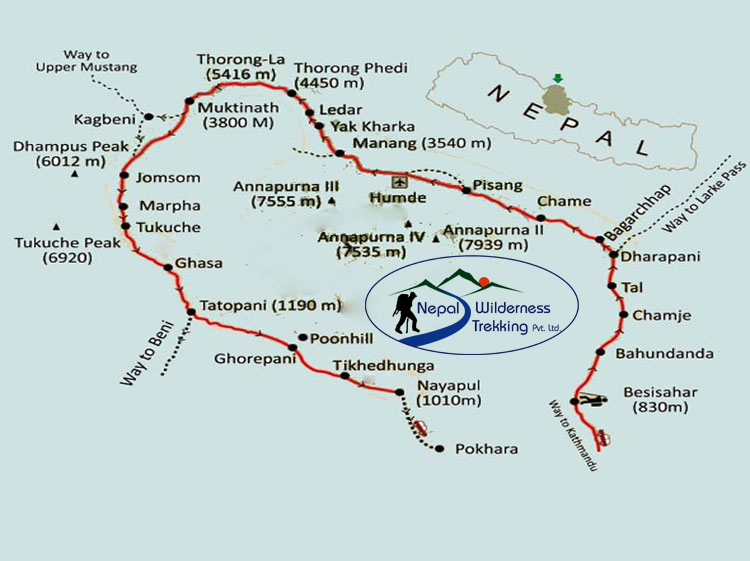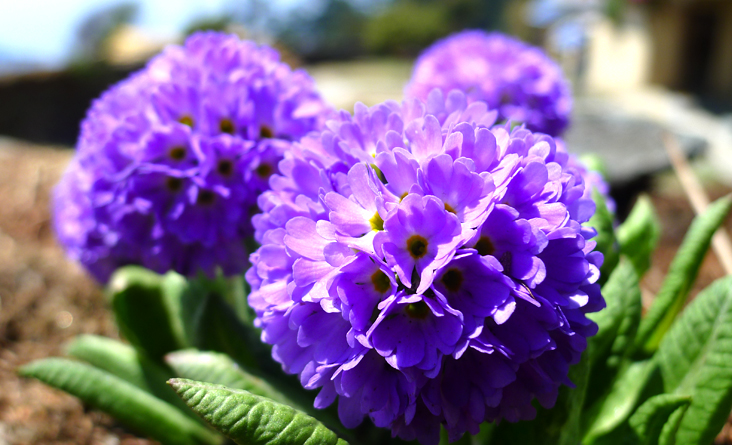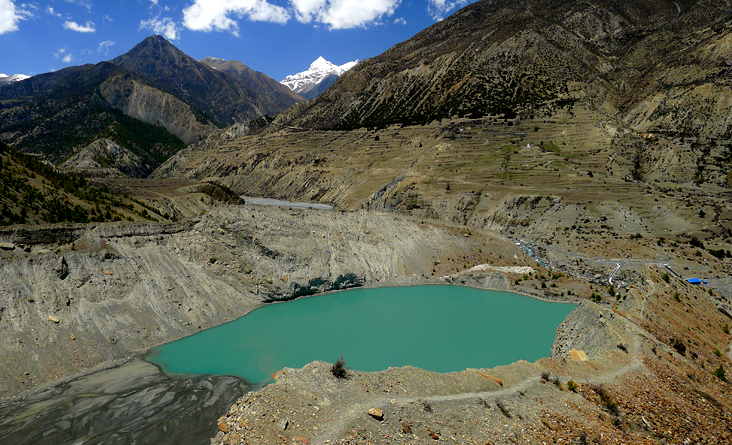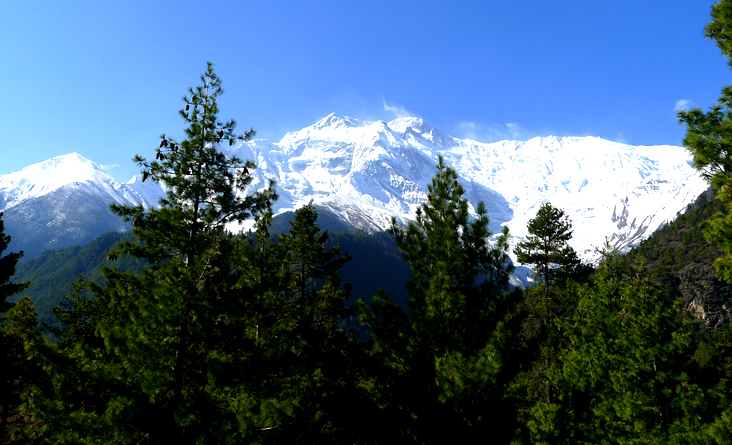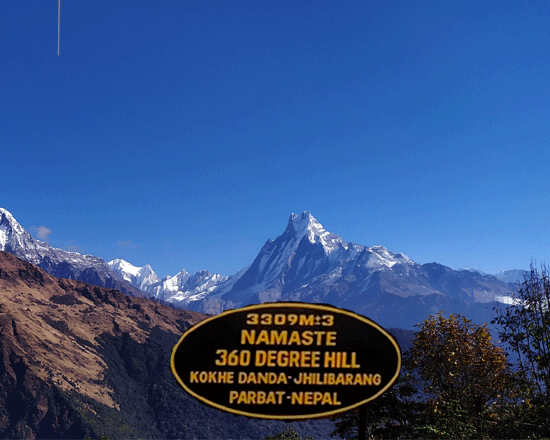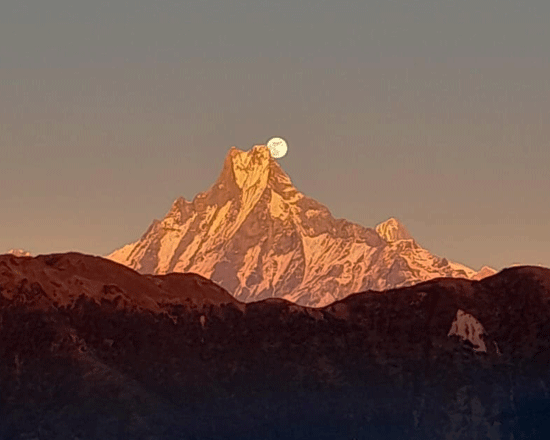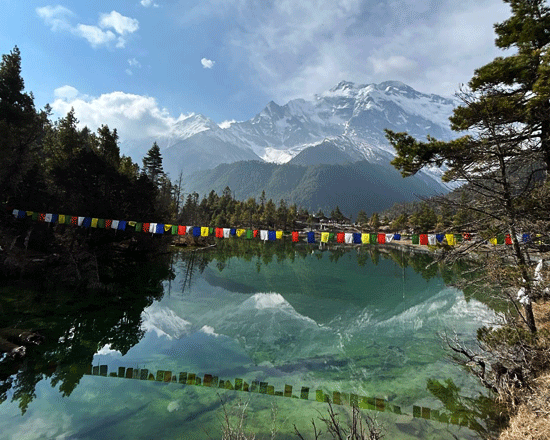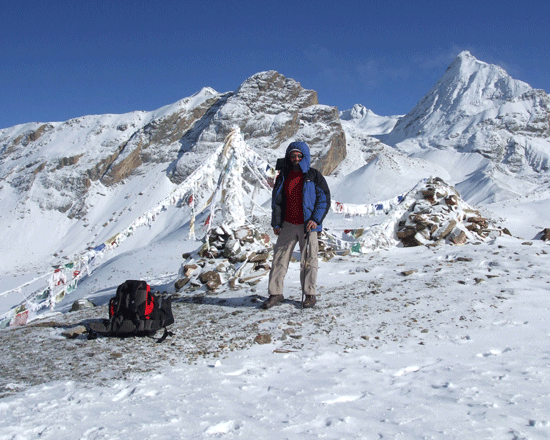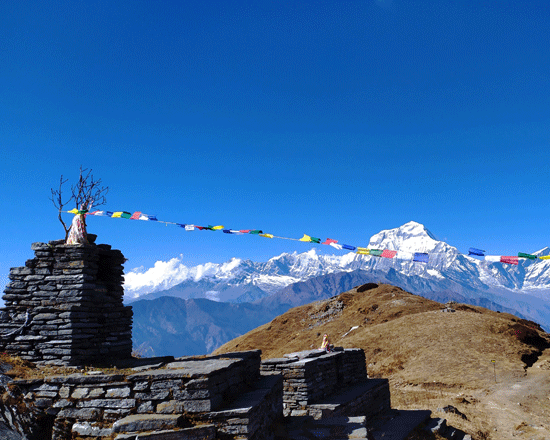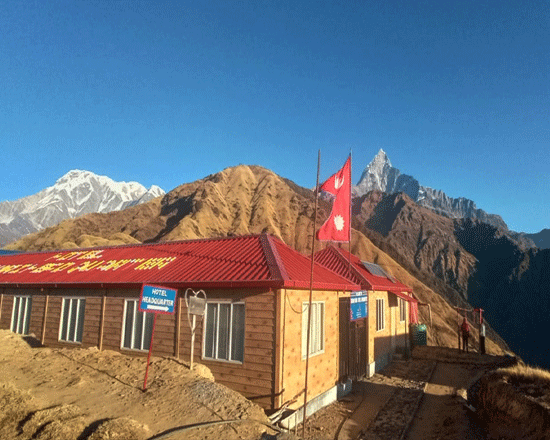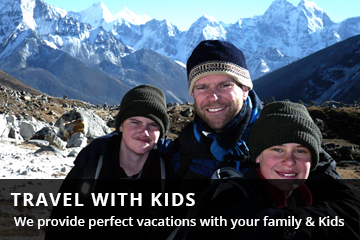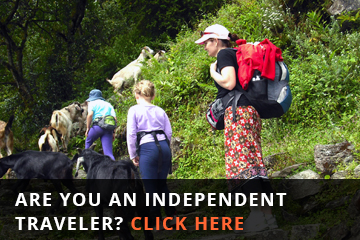Monsoon trek
Monsoon trek
Annapurna RegionTrip Facts
Since the terrain can be hard and the days long, hikers on these treks should be in good physical condition and have some previous mountain walking experience. Steep climbing may be involved, although it is never necessary to use ropes. Treks at this level can he arranged for periods of 16 to 21 days. Typically, a gradual ascent through a green river valley will lead you up to a number of high passes, where you will reach the altitude of 5416m. Often times, you will get a close insight into the Tibetan culture. Participants should expect to trek above 5416m/17872ft.
Mode of Travel : Flight/Land Hold Your Guide : Kumar BK100%
Overview
Discovering the Untamed Beauty of Monsoon Trek in Nepal
Monsoon trekking in Nepal offers a captivating alternative to the traditional trekking seasons. Often overlooked, the monsoon months, June, July, and August, bring with them a fresh, verdant transformation of Nepal’s landscapes. This season, while wet, is richly rewarding for trekkers seeking solitude, dramatic scenery, and cultural immersion. A monsoon trek is ideal for adventurers who enjoy nature’s raw beauty, making it one of the best monsoon treks in Nepal.
Annapurna Circuit: The Rainshadow Route
Among Nepal’s trekking routes, the Annapurna Circuit stands out as one of the best monsoon treks. Nicknamed the “Rainshadow Trek,” the circuit passes through regions protected from heavy monsoon rain by the Himalayan barrier. From Chame in Manang District and culminating in Jomsom, the trail takes you through varying ecological zones—from dense, misty forests to high-altitude arid plateaus.
Monsoon adds a unique magic to this trail. Waterfalls pour from the cliffs, wildflowers bloom in technicolor, and the lush hillsides pulse with life. High passes like Thorong La (5,416 m) become more accessible as lingering snow melts away. While visibility can vary, sudden clearings after a shower reveal majestic, snow-capped peaks framed by dramatic clouds. The Annapurna Circuit is a quintessential monsoon trek, showcasing some of the best monsoon treks in Nepal.
Less-Crowded Trails, Deeper Experiences
One of the greatest advantages of a monsoon trek is the peace and solitude it offers. With fewer trekkers on the trails, you’ll experience the tranquility of the Himalayas more intimately. This quiet season lets you connect more deeply with nature, the trail, and the local people you meet along the way.
Teahouses are less crowded, allowing you to enjoy more personalized service, and the local hosts have time to share stories, traditions, and warm meals. The sense of remoteness makes the adventure even more meaningful. Many consider these serene paths to be among the best monsoon treks in Nepal.
Alternative Monsoon Trekking Routes
Beyond the Annapurna Circuit, Nepal offers several other rain-shadow regions ideal for trekking during the monsoon:
- Upper Mustang Trek: A land of ancient caves, Tibetan culture, and arid desert landscapes. Protected from rain by the Annapurna and Dhaulagiri massifs, this is another top-rated monsoon trek.
- Upper Dolpo Trek: Remote, spiritual, and wild. Home to Bon monasteries, turquoise Phoksundo Lake, and centuries-old Himalayan culture. A true gem among the best monsoon treks.
- Nar Phu Valley Trek: A hidden gem combining rugged Himalayan terrain and vibrant Tibetan culture, nestled in a rain-shadow pocket.
These regions receive little precipitation during the monsoon and are perfect for adventurous travelers seeking off-the-beaten-path experiences and the best monsoon treks in Nepal.
A Floral Wonderland
Monsoon transforms the Annapurna region into a botanical paradise. The trails are lined with wildflowers in shades of purple, cream, pink, and gold. Forests burst into shades of green, and alpine meadows come alive with grazing yaks and blooming rhododendrons. The vibrant plant life combined with dramatic light and cloud patterns creates a painterly quality to the landscape, perfect for nature lovers and photographers on a monsoon trek.
Thorong La Pass: A High-Altitude Highlight
Crossing Thorong La Pass is the pinnacle of the Annapurna Circuit. During monsoon, the trail leading to the pass often has less snow, making it more navigable than in the spring. The pass rewards trekkers with sweeping views of peaks such as Annapurna II, Gangapurna, and Tilicho. This makes it a favorite section for anyone exploring the best monsoon treks in Nepal.
This exhilarating challenge offers a physical and emotional high point of the journey, often described as a life-changing moment for many adventurers.
From Chame to Jomsom: A Journey of Contrast
Your monsoon trek typically begins in Chame, surrounded by lush forests and gushing rivers. As you ascend, the environment shifts to alpine meadows and dry highlands. After Thorong La, the descent through the Kali Gandaki Gorge—one of the deepest in the world—is a breathtaking experience. Eventually, the trail leads to Jomsom, a windswept town known for its apple orchards, Buddhist culture, and dramatic terrain.
Preparation: A Key to Enjoyment
Proper preparation can turn your monsoon trek into a smooth and enjoyable adventure:
- Gear: Invest in quality waterproof gear—jackets, rain pants, backpack covers, and hiking boots with a strong grip.
- Essentials: Quick-dry clothing, trekking poles, insect repellent, and a durable rain cover.
- Plan Wisely: Trek early in the morning, when rains are less frequent, and build in extra days for delays due to weather.
Being ready for the unexpected allows you to embrace the changing moods of the trail and appreciate each moment. Preparation ensures you enjoy one of the best monsoon treks in Nepal without hassle.
Cultural Encounters
The villages along the Annapurna Circuit, including Pisang, Manang, and Muktinath, offer rich cultural experiences. Witness traditional practices, explore centuries-old monasteries, and engage with the local Gurung and Thakali communities. Festivals such as Janai Purnima or Yartung, often held during monsoon, add color and cultural depth to your journey. These encounters make every monsoon trek more than just a physical journey—it becomes a meaningful cultural immersion.
Teahouse Hospitality
Accommodations along the trail range from basic lodges to more comfortable teahouses. In the monsoon, availability is high, allowing trekkers to enjoy quieter evenings, hearty meals, and warm fireside conversations. The hospitality of Nepali hosts adds a comforting layer to the wild experience, enhancing the allure of the best monsoon treks in Nepal.
Challenges and Rewards
Monsoon trekking isn’t without its challenges—muddy trails, slippery rocks, leeches in lower elevations, and sudden weather shifts are part of the experience. But these are outweighed by the rewards: uncrowded trails, rich biodiversity, vibrant landscapes, and a deeper connection to the natural rhythms of the Himalayas. All of these make a monsoon trek worth the effort.
Responsible Trekking in Monsoon
As with any adventure, monsoon trekking requires a commitment to sustainability:
- Leave no trace: Carry out your waste and use refillable water bottles.
- Respect local customs: Be mindful of cultural norms and village rules.
- Hire local guides and porters: This supports the local economy and ensures safer travel.
At Nepal Wilderness Trekking, we are dedicated to ethical tourism and offer personalized trekking experiences that honor both the environment and the cultures we explore. Join us for one of the best monsoon treks in Nepal and help promote sustainable travel.
Final Reflections
Trekking the Annapurna Circuit or exploring the remote highlands of Upper Mustang or Dolpo during the monsoon is not just an adventure; it’s a journey of transformation. It’s a time when the mountains breathe deeply, the rivers sing, and the forests come alive. The monsoon adds mystery, mood, and magic to an already spectacular landscape. Each monsoon trek creates lasting memories and a deeper connection to Nepal’s wild heart.
Begin Your Monsoon Adventure with Us
Let Nepal Wilderness Trekking guide you through Nepal’s most enchanting monsoon trails. Our experienced guides, carefully curated itineraries, and deep local knowledge ensure an unforgettable adventure, rain or shine. Discover why so many trekkers consider these journeys the best monsoon treks in Nepal.
Detail Itinerary
- Day 01: Kathmandu to Chame (2,715 m)
Drive from Kathmandu (1,400 m) to Besisahar (823 m) by public bus – approximately 6 hours. Then continue by shared jeep to Chame (2,715 m) – around 5 hours. Overnight at a lodge in Chame.
Total drive time: 11 hours approx.
Distance: 235 km. - Day 02: Chame to Pisang (3,132 m)
Trek through pine forests and traditional villages with mountain views. Overnight in Pisang.
Trekking time: 6 hours
Distance: 14 km - Day 03: Pisang to Manang (3,351 m)
Follow the trail via upper Pisang through Ghyaru and Ngawal for spectacular views. Overnight in Manang.
Trekking time: 5–6 hours
Distance: 15 km - Day 04: Acclimatization Day in Manang (3,351 m)
Explore surrounding areas like Gangapurna Lake or hike to Chongkor Viewpoint or Bhojo Gumba. Acclimatization helps prevent altitude sickness. - Day 05: Manang to Yak Kharka (3,720 m)
Gradual climb out of Manang through alpine meadows and juniper forest. Overnight in Yak Kharka (also known locally as Chauri Ledar).
Trekking time: 4 hours
Distance: 10 km - Day 06: Yak Kharka to Thorong Phedi (4,450 m)
Short but steep hike through rugged terrain. Overnight in Thorong Phedi.
Trekking time: 3–4 hours
Distance: 8 km - Day 07: Cross Thorong La Pass (5,416 m), descend to Muktinath (3,800 m)
Start early, around 4:00 AM. Ascend to the pass, then descend to Muktinath, a holy pilgrimage site. Overnight in Muktinath.
Trekking time: 8–9 hours
Distance: 16 km - Day 08: Muktinath to Jomsom (2,720 m)
Trek downhill through Jharkot and Kagbeni, along the windy Kali Gandaki River valley. Overnight at a lodge in Jomsom.
Trekking time: 5–6 hours
Distance: 15 km - Day 09: Fly to Pokhara (822 m)
Early morning scenic flight from Jomsom to Pokhara (20 minutes). Rest day in Pokhara. Overnight at a lakeside hotel. - Day 10: Drive to Kathmandu (1,400 m)
Drive back by tourist bus – approximately 6 to 7 hours (200 km).
Cost Included
- Kathmandu to Besisahar by local bus and shared jeep to Chame
- Domestic flight from Jomsom to Pokhara
- Tourist bus from Pokhara to Kathmandu
- One-night accommodation in a clean lakeside hotel in Pokhara
- Annapurna Conservation Area Permit and TIMS card
- Three meals per day: Nepali, Indian, Chinese, Italian, and continental options
- Seasonal fruits after dinner
- Clean and comfortable teahouse/lodge accommodations
- Government-licensed, English-speaking trekking guide
- One porter for every 2–3 trekkers (solo clients can hire a porter for an additional cost)
- Guide and porter wages, insurance, meals, and accommodation
- Sleeping bag (up to -25°C) and trekking kitbag
- All applicable government taxes and paperwork
- Certificate of achievement from Nepal Wilderness Trekking
Cost Excluded
- International airfare
- Nepal entry visa (USD 30 for 15 days; USD 50 for 30 days)
- Meals and accommodation in Kathmandu
- Personal trekking gear and cold-weather clothing
- Travel insurance with emergency evacuation coverage
- Beverages: soft drinks, alcohol, mineral water, desserts
- Hot showers, laundry services
- Gratuities for the guide and porter
- Any services not explicitly listed under "Cost Included"
- Expenses arising from unforeseen circumstances such as weather delays, landslides, illness, or political events
| Trip Dates | Trip Price | Confirmed Pax | Trip Status | |
|---|---|---|---|---|
| July 8, 2025 | US$ 950 | Join a Group | Book Now | |
| July 12, 2025 | US$ 950 | Join a Group | Book Now | |
| July 16, 2025 | US$ 950 | Join a Group | Book Now | |
| July 20, 2025 | US$ 950 | Join a Group | Book Now | |
| July 24, 2025 | US$ 950 | Join a Group | Book Now | |
| July 28, 2025 | US$ 950 | Join a Group | Book Now | |
| July 31, 2025 | US$ 950 | Join a Group | Book Now | |
| August 1, 2025 | US$ 950 | Join a Group | Book Now | |
| August 4, 2025 | US$ 950 | Join a Group | Book Now | |
| August 8, 2025 | US$ 950 | Join a Group | Book Now | |
| August 12, 2025 | US$ 950 | Join a Group | Book Now | |
| August 1, 2025 | US$ 950 | Join a Group | Book Now | |
| August 5, 2025 | US$ 950 | Join a Group | Book Now | |
| August 9, 2025 | US$ 950 | Join a Group | Book Now | |
| August 12, 2025 | US$ 950 | Join a Group | Book Now | |
| August 17, 2025 | US$ 950 | Join a Group | Book Now | |
| August 22, 2025 | US$ 950 | Join a Group | Book Now | |
| August 24, 2025 | US$ 950 | Join a Group | Book Now | |
| August 28, 2025 | US$ 950 | Join a Group | Book Now | |
| August 30, 2025 | US$ 950 | Join a Group | Book Now | |
| September 1, 2025 | US$ 950 | Join a Group | Book Now | |
| September 4, 2025 | US$ 950 | Join a Group | Book Now | |
| September 9, 2025 | US$ 950 | Join a Group | Book Now | |
| September 12, 2025 | US$ 950 | Join a Group | Book Now | |
| September 16, 2025 | US$ 950 | Join a Group | Book Now | |
| September 20, 2025 | US$ 950 | Join a Group | Book Now | |
| September 24, 2025 | US$ 950 | Join a Group | Book Now | |
| September 28, 2025 | US$ 950 | Join a Group | Book Now | |
| September 30, 2025 | US$ 950 | Join a Group | Book Now |
Trip Map
